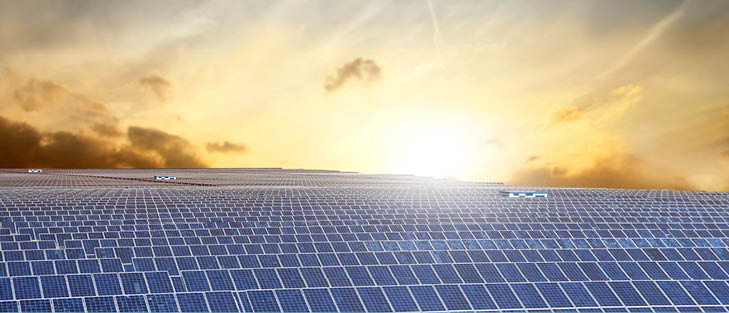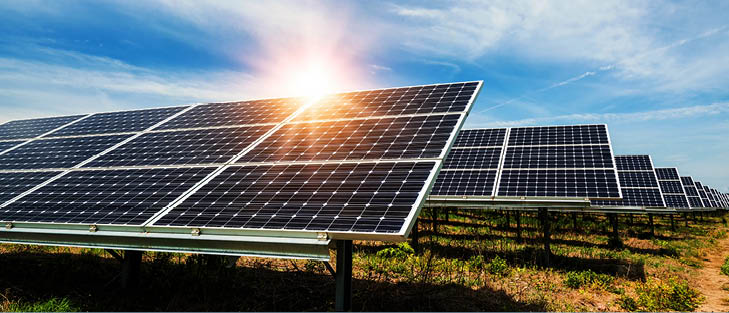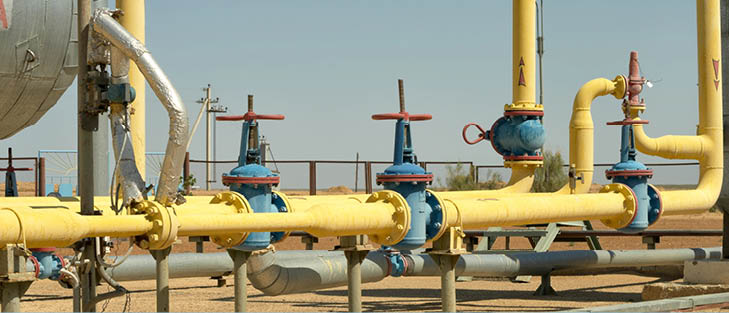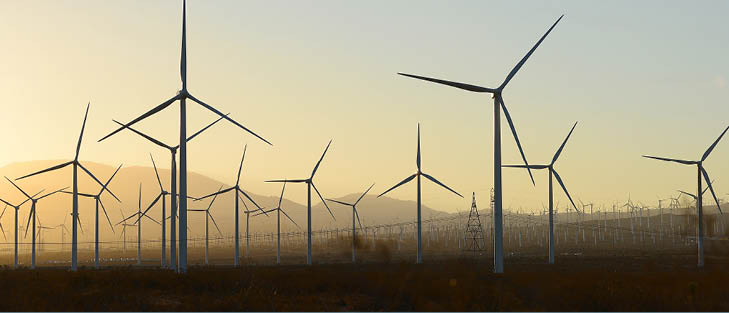The Ministry of Energy, taking into account regulatory experience as well as public feedback, has adjusted the emission limits for several particularly toxic air pollutants in factories, raising them to stricter levels in line with German standards, which are more stringent than the EU regulations.
CCAO Advises TSKB on Financing Facilities for Metafor Yenilenebilir Enerji and Knot Enerji
CCAO has advised Turkiye Sinai Kalkinma Bankasi on financing facilities to Metafor Yenilenebilir Enerji and Knot Enerji for their respective solar and hybrid solar energy power plant projects.
Cobalt Advises Latvenergo on Acquisition of DSE Aizpute Solar
Cobalt has advised Latvenergo on its acquisition of DSE Aizpute Solar from developer Danish Sun Energy ApS. Sorainen reportedly advised the sellers.
Lakatos, Koves and Partners Advises Green Power Investment on Sale of Two Hungarian Photovoltaic Projects
Lakatos, Koves and Partners has advised Green Power Investment on the sale of two Hungarian photovoltaic projects with a combined capacity of 7.7 megawatts to an unidentified Austrian investor.
Koutalidis and Lambadarios Advise on DESFA's up to EUR 810 Million Issuance
Koutalidis has advised the Hellenic Gas Transmission System Operator on its issuance of a bond loan of up to EUR 710 million with National Bank of Greece, Piraeus Bank, Alpha Bank, and Eurobank as acting as arrangers, NBG and Piraeus Bank also serving as bondholder coordinators, and Alpha Bank acting as bondholder agent and administrative agent. Lambadarios advised the banks.
Dentons and Solivan Advise on Financing of VSB's Raciborz Wind Farm
Dentons has advised PKO Bank Polski on the financing granted to VSB Group's subsidiary VSB Polska for its investment in the 41.6-megawatt Raciborz onshore wind park. Solivan advised VSB.
CMS and Clyde & Co Advise on DNB Bank and PKO Bank Polski's Refinancing of GoldenPeaks Capital PV Portfolios
CMS has advised DNB Bank ASA and PKO Bank Polski on the refinancing of two portfolios of photovoltaic projects owned by GoldenPeaks Capital. Clyde & Co and Dentons advised GoldenPeaks Capital.



















